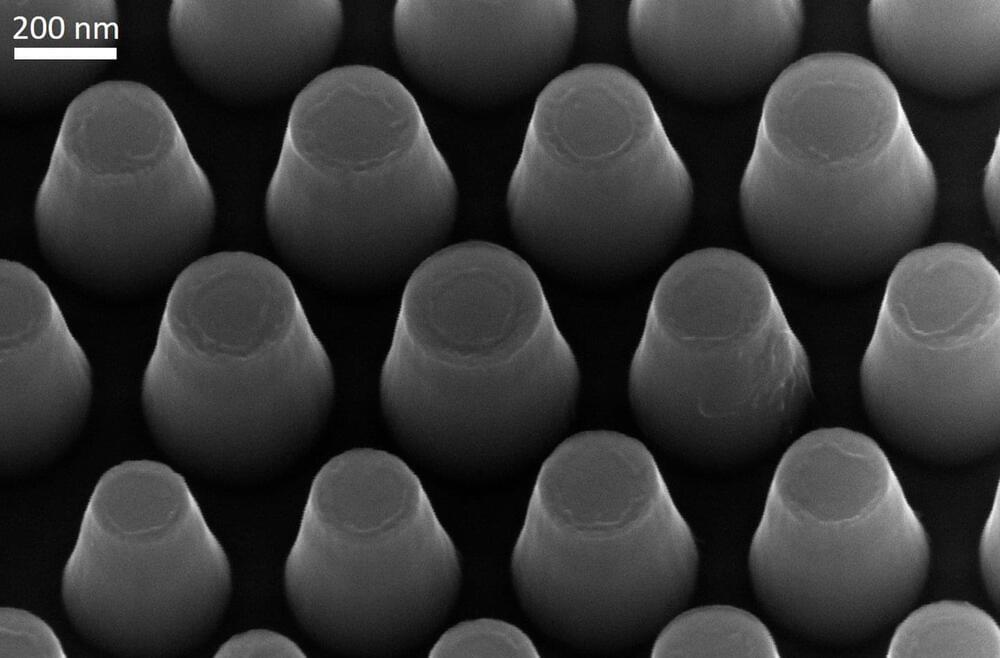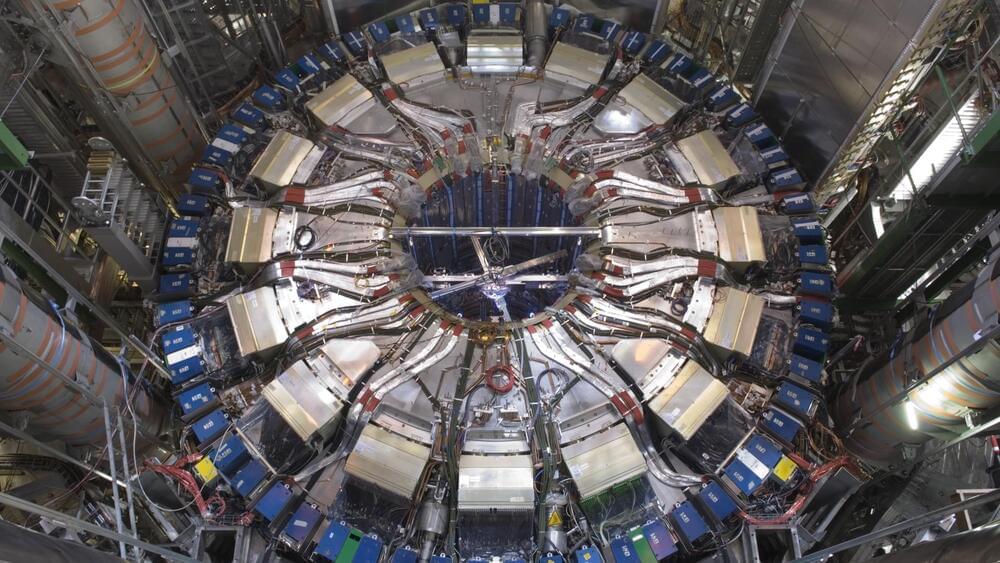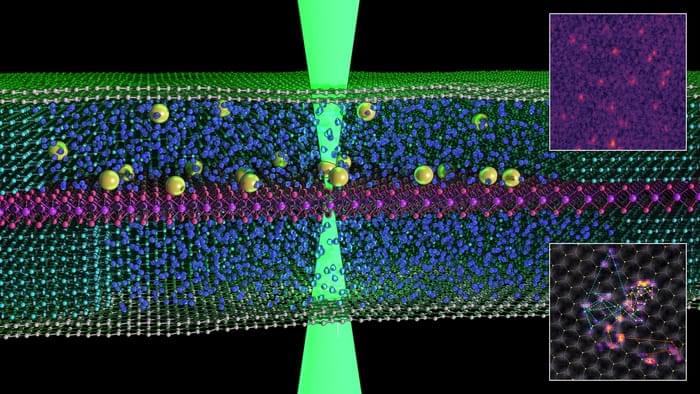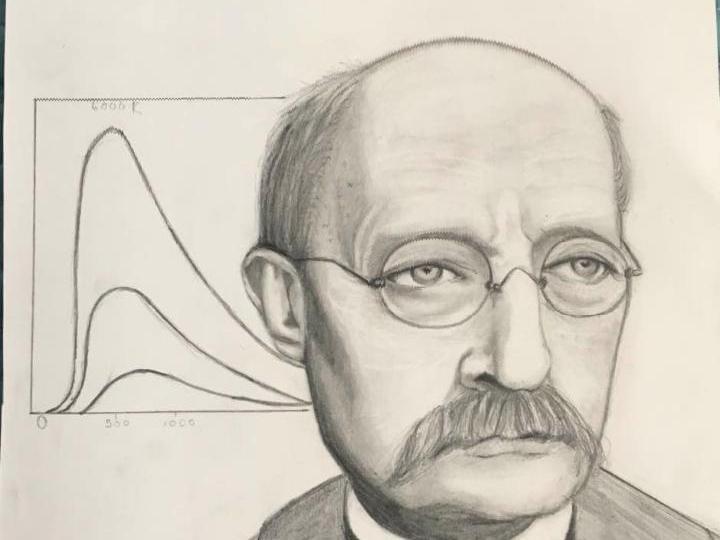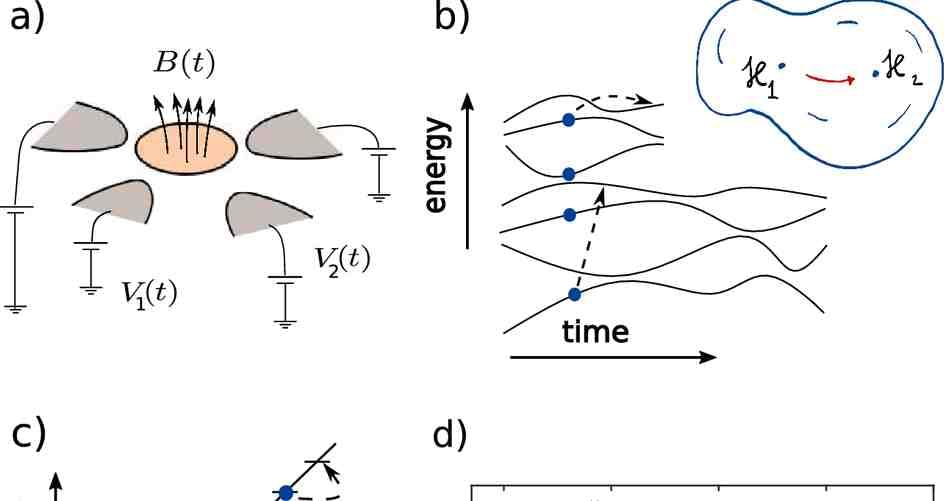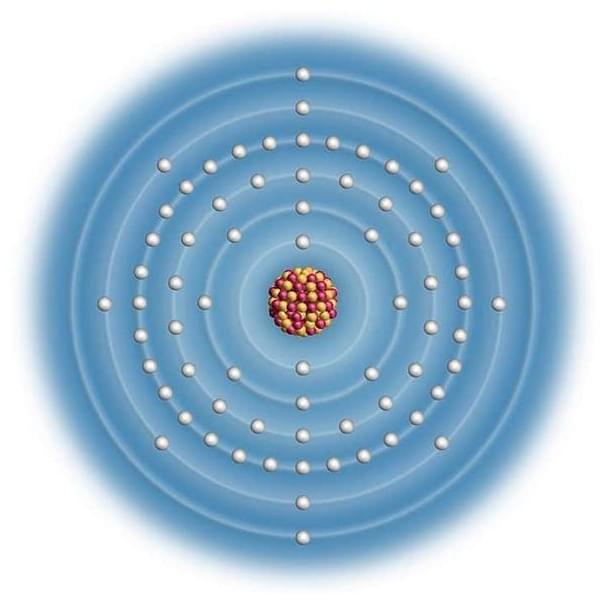Sep 5, 2022
Researchers succeed in coupling two types of electron-hole pairs
Posted by Saúl Morales Rodriguéz in categories: materials, particle physics
Two-dimensional van der Waals materials have been the focus of work by numerous research groups for some time. Standing just a few atomic layers thick, these structures are produced in the laboratory by combining atom-thick layers of different materials (in a process referred to as “atomic Lego”). Interactions between the stacked layers allow the heterostructures to exhibit properties that the individual constituents lack.
Two-layered molybdenum disulfide is one such van der Waals material, in which electrons can be excited using a suitable experimental setup. These negatively charged particles then leave their position in the valence band, leaving behind a positively charged hole, and enter the conduction band. Given the different charges of electrons and holes, the two are attracted to one another and form what is known as a quasiparticle. The latter is also referred to as an electron-hole pair, or exciton, and can move freely within the material.
In two-layered molybdenum disulfide, excitation with light produces two different types of electron-hole pairs: intralayer pairs, in which the electron and hole are localized in the same layer of the material, and interlayer pairs, whose hole and electron are located in different layers and are therefore spatially separate from one another.

